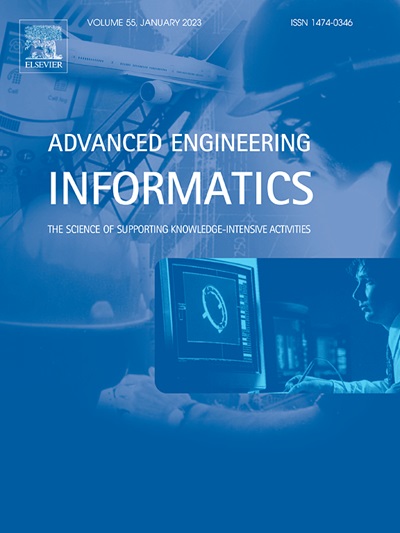Developing A novel AI enabled extended reality system for real-time automatic facial expression recognition and system performance evaluation
IF 8
1区 工程技术
Q1 COMPUTER SCIENCE, ARTIFICIAL INTELLIGENCE
引用次数: 0
Abstract
Facial Expression Recognition (FER) is vital for understanding human behavior but faces challenges from varying facial features due to different poses, lighting, and angles. Addressing the growing demand for real-time FER is critical. Extended Reality (XR) offers significant potential in training, education, healthcare, user experience, and relevant data collection. This study aims to develop an AI-enabled XR system for FER by combining a novel Depthwise Separable Convolutional Neural Network (DS-CNN) approach with XR technology. The FER2013 image dataset was used to train and build the proposed FER model. The model’s performance was validated using two separate image datasets, demonstrating that the proposed CNN model outperformed existing models on both. Subsequently, the CNN model was integrated with Microsoft HoloLens 2 XR technology to create a real-time, automatic FER system. System evaluation was conducted using System Usability Scale (SUS) and NASA-TLX measures, with results indicating that the proposed smart system is high usability and lower cognitive workload compared with FER using eyes. The AI-enabled XR system offers significant practical applications and potential across various domains, providing valuable managerial insights. The integration of CNN with XR technology represents a substantial advancement in real-time FER, offering improved accuracy and usability under diverse conditions.
求助全文
约1分钟内获得全文
求助全文
来源期刊

Advanced Engineering Informatics
工程技术-工程:综合
CiteScore
12.40
自引率
18.20%
发文量
292
审稿时长
45 days
期刊介绍:
Advanced Engineering Informatics is an international Journal that solicits research papers with an emphasis on 'knowledge' and 'engineering applications'. The Journal seeks original papers that report progress in applying methods of engineering informatics. These papers should have engineering relevance and help provide a scientific base for more reliable, spontaneous, and creative engineering decision-making. Additionally, papers should demonstrate the science of supporting knowledge-intensive engineering tasks and validate the generality, power, and scalability of new methods through rigorous evaluation, preferably both qualitatively and quantitatively. Abstracting and indexing for Advanced Engineering Informatics include Science Citation Index Expanded, Scopus and INSPEC.
 求助内容:
求助内容: 应助结果提醒方式:
应助结果提醒方式:


